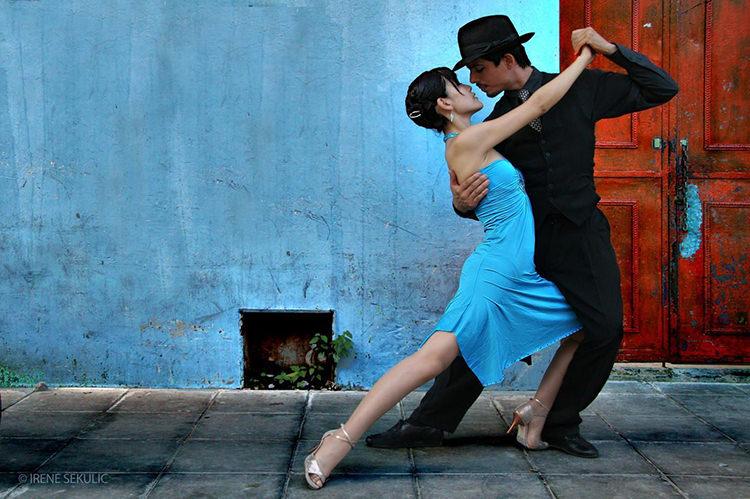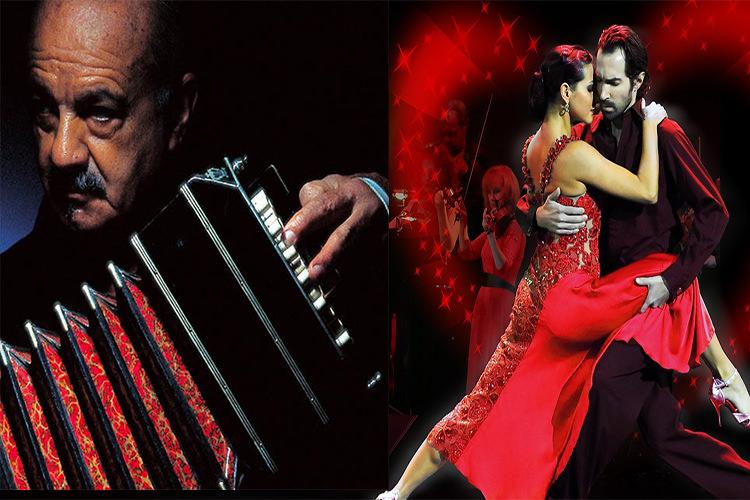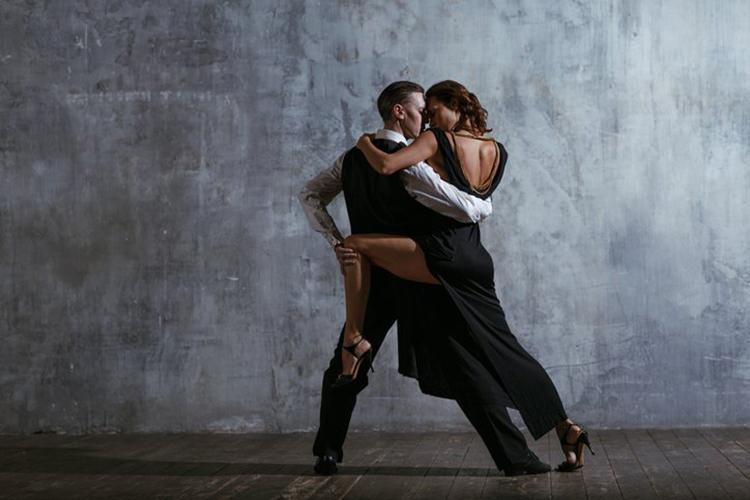Tango: The soul of Argentina
Tango is a worldwide phenomenon and a part of the UNESCO Intangible Cultural Heritage Lists. Mysterious, passionate and flirtatious, tango music and dance have emancipated themselves from their Argentinian and Uruguayan origins, becoming a style revered and appreciated for its highly distinctive musical qualities and general aesthetic premise.
On top of achieving an enormous amount of commercial success in many corners of the world, tango music has developed into a cult musical genre which has entered the art-music realm boasting performances by major orchestras and crossover projects with musicians of vastly differing origins.
The origin
Several factors of widely divergent origins led to the early development of Tango in the late 19th century around the borders of the Río de la Plata. Numerous preestablished dance rhythms like the Habanera of Spanish and Cuban origin, the Argentinean Milonga and the Uruguayan Candombe, which in itself is actually of African origin, provided the basic rhythmic framework for the dance moves. These kinds of dances were performed in lower and working-class districts around Buenos Aires, Argentina and Montevideo, Uruguay. Since tango was usually performed as salon music in brothels and bars its first performers were patrons who would usually be thugs and gangsters. This led to the establishment of early tango’s characteristic dance moves as male dominated, aggressive, flirtatious and sexually charged.

The birth of Traditional tango and Carlos Gardel
In 1917 singer Carlos Gardel recorded the song Mi noche triste (My sad evening) thus establishing the foundation for the dominant style of tango songs that were produced for almost the entirety of the twentieth century. These songs featured profoundly melancholic lyrics dealing with such topics as love, death, tragedy and nostalgia. Musically speaking the accompaniment of said songs featured the characteristic rhythms and harmonic content of the style with its instrumentation being anything from a single guitar, chamber ensembles with piano and strings to a full-fledged orchestra. Other great artists of this tradition who followed Gardel’s tradition were singers like Edmundo Rivero, Roberto Goyeneche and Julio Sosa.
The Golden age of tango
Between 1935 and 1952 several figures dominated the Argentinean urban popular musical scene and specially that of tango. Amongst these we can mention Bandleaders like bandoneon player Aníbal Troilo, pianist Osvaldo Pugliese and conductor Juan d’Arienzo all of whom were profoundly influential in the development of a more refined instrumental performance style in tango music. These bands and orchestras featured larger instrumentations than what had been usual up to that point due to tango becoming a much popular genre, even reaching Europe. The instruments used included: piano, bandoneon, violins, violas, cellos, double basses among several others. This musical style was mostly dance based with several instrumental pieces as well as some vocal works in the milonga style.
New Tango and Astor Piazzolla
The last great watershed in the history of tango came in the second half of the 20th century from the hands of composer and Bandoneon player Astor Piazzolla whose innovations in the realms of instrumentation, form, harmony and rhythm changed the face of tango forever. The last great watershed in the history of tango came in the second half of the 20th century from the hands of composer and Bandoneon player Astor Piazzolla whose innovations in the realms of instrumentation, form, harmony and rhythm changed the face of tango forever.
As young musician and bandoneon player, Piazzolla worked as arranger and instrumentalist for Anibal Troilo’s orchestra gaining unique hands-on experience working with musicians of the greatest caliber.

One of Piazzolla’s greatest influences and catalyzers of his innovative style was his experience with classical music and jazz which had up to that point rarely been serious influences on traditional tango musicians. During his formative years, Piazzolla conducted studies with world renowned Argentinian composer Alberto Ginastera, learning with him the styles of great European modern composers like Bartok, Stravinsky, Ravel and Debussy. Later in the 1950’s, under Ginastera’s advice, Piazzolla left for Paris to study with world-renowned music teacher, Nadia Boulanger. Her fame as a teacher of great masters cannot be overstated and the list of those who can be considered her pupils is awe inspiring. Among her numerous students we can count composers like Igor Stravinsky and Aaron Copland, Conductors like Igor Markevitch and Daniel Barenboim and Pianists like Dinu Lipatti.
Piazzolla’s innovations focus mainly on using a more electric kind of sound featuring some traditional instruments like the piano, saxophone and bandoneon alongside electric guitars and drums in chamber settings usually with five members or more. On top of that, the European art-music influence can be observed on the higher levels of harmonic sophistication, the use of baroque contrapuntal techniques and genres like the passacaglia bass, the fugue and the invention these can be seen in pieces like Fuga y Misterio (Fugue and mystery) or Libertango. Other central innovations were the establishing of a characteristic form for his music mostly based on alternations of fast and slow sections, this can be seen in pieces like La muerte del Angel (The Angel’s Death). Last but not least, the influence of jazz became quite pronounced in his late style with improvisation and modality becoming central to his ensemble’s sound world.

Tango today
In the late 20th and early 21st centuries several projects, sometimes referred to collectively as Neotango, have developed new lines of thought regarding what tango music can be, featuring a deeper influence of jazz and fusion genres, a higher level of harmonic and rhythmic elaboration, the inclusion of electronically generated sounds and a growing influence of world music. Amongst these exiting artists we can mention Bajofondo, Electrocutango and Tanghetto.In the late 20th and early 21st centuries several projects, sometimes referred to collectively as Neotango, have developed new lines of thought regarding what tango music can be, featuring a deeper influence of jazz and fusion genres, a higher level of harmonic and rhythmic elaboration, the inclusion of electronically generated sounds and a growing influence of world music. Amongst these exiting artists we can mention Bajofondo, Electrocutango and Tanghetto.
To acquaint yourself with the genre and its wide variety of expressions we recommend Radio Art’s popular tango Channel which features a vast selection of the greatest tango works of all time.
Conclusion
Tango’s attractive qualities like its rich emotional scope, highly characteristic rhythms and sometime profoundly moving lyrics have become staples of how Argentinian and Uruguayan culture are perceived around the world. On top of that, its influence has been wide and far-reaching with several countries like Japan and European nations having adopted Tango as a genre of vast interest both in dance and as concert music.
Our website respects the intellectual property rights of creators, as well as the music rights of authors and composers.
The musical works are provided solely for the private use of each visitor/user
and any further exploitation of them in any way is prohibited without prior permission from AUTODIA and EDEM Rights.
Radio Art is fully approved by the Greek Collective Rights Organizations | AUTODIA | EDEM Rights
Copyright © RABS - Radio Art Broadcasting services Ltd. All rights reserved.
The Art of Relaxing & Meditation Music
Privacy Policy & TOS








